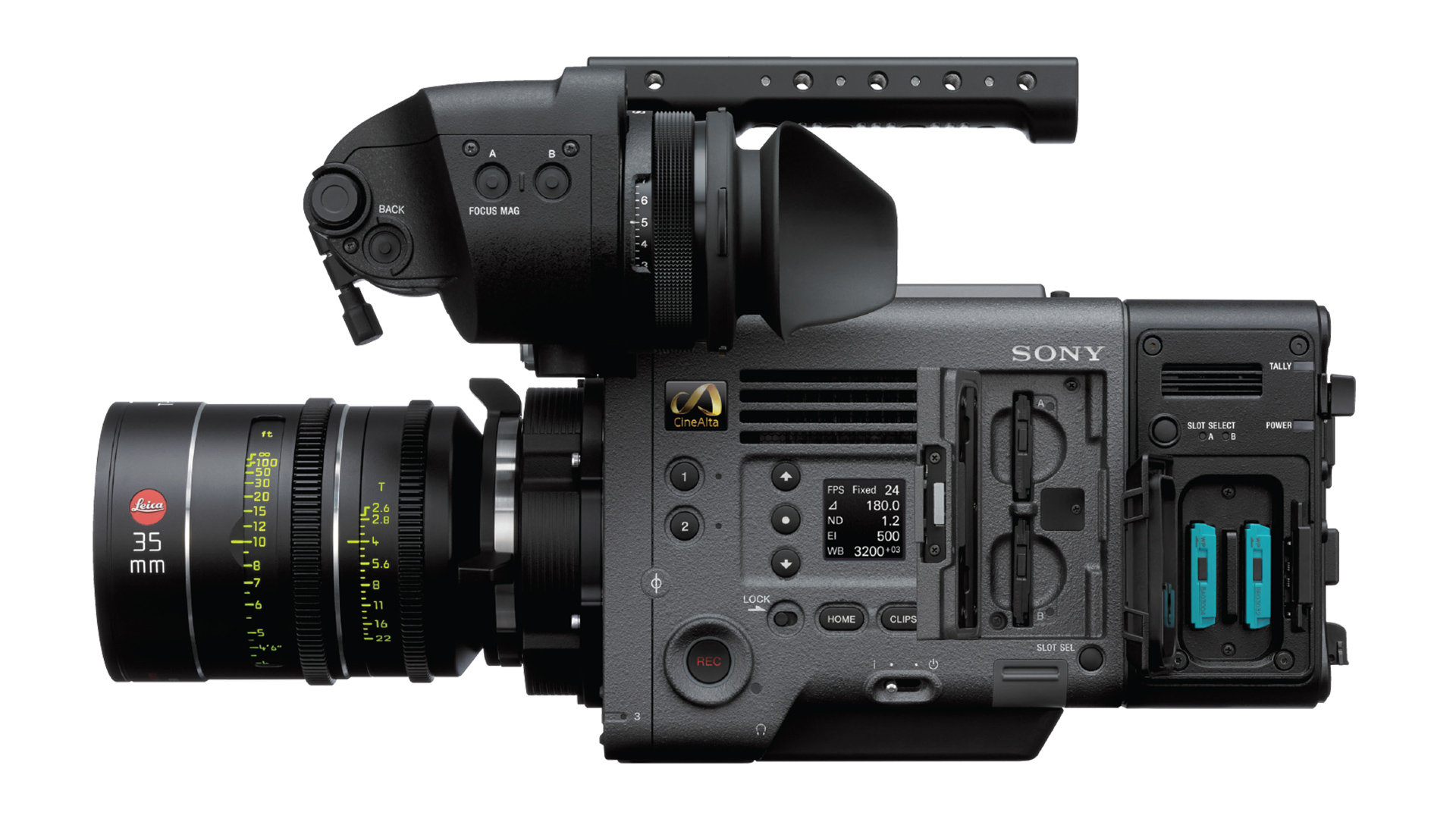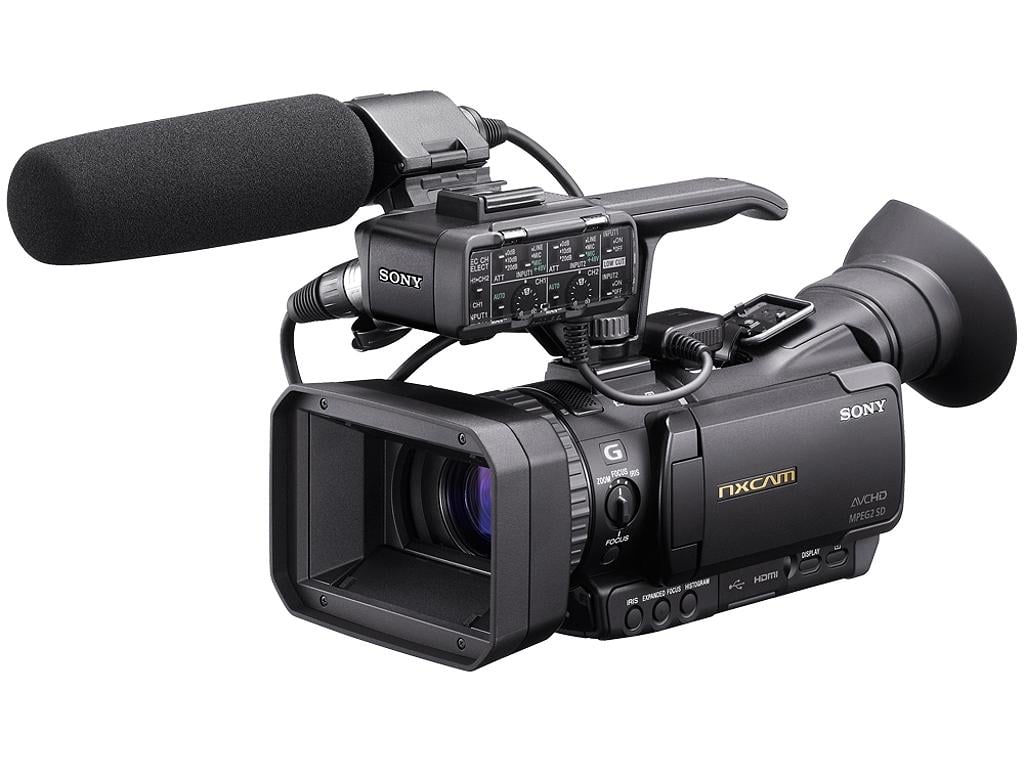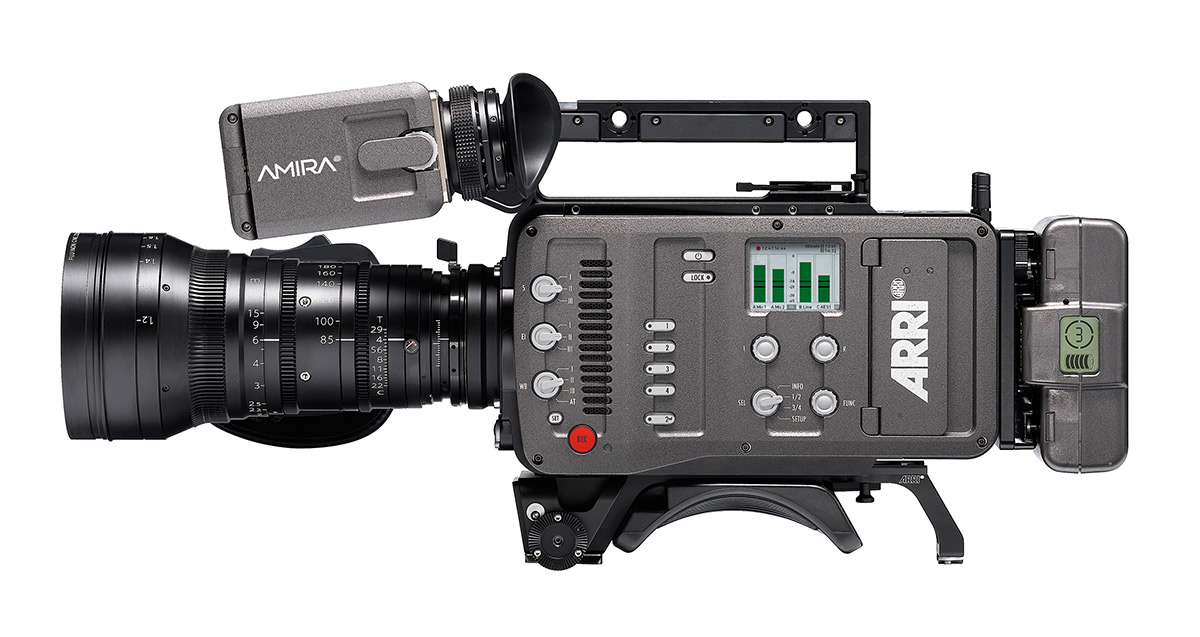
Replay: Picture quality is only one aspect of choosing a camera. Here's why there are a whole host of other facets you should consider.
Let me explain what I mean by that. The web is full of earnest people comparing video cameras. Comparing specs, comparing pictures… but these comparisons are largely irrelevant. If you are deciding what camera to buy on the basis of comparing the shots or examining the specs, I humbly suggest you are not sure what cameras are really for. Just to be clear, I am not claiming that the output of all cameras is the same, just that picture quality alone is, increasingly, not the main criteria for selecting a camera.
This is not so much a case of personal preference, it is a question of what you want to do with a camera, If the design of it means you actually can’t get the shots you want, then there is little point in talking about how great the pictures might have been.
Much of the work I do is observational documentary and for that I need a decent zoom lens zoom (parfocal and at least 10 to1) – the world doesn’t stop for you to change lenses (yeah, I know, I know, I’ve said it here too many times). I also shoot a lot of performance stuff – and prime lenses are just useless for that work. Nor could I work with a camera that doesn’t have two decent audio inputs. So that immediately eliminates a whole range of cameras. I am also of the generation that got into the business by working with shoulder mounted film and broadcast video cameras. That also implies a whole approach to how you shoot.
If your entry to this world was via stills cameras then you have a whole different set of expectations. In some contexts a DSLR or mirrorless stills camera is great simply because it doesn’t look like a video camera. It can work the other way too: turning up on a commercial shoot with a camera that looks too much like the one the client uses to take their holiday snaps may well start you off on the wrong foot. And if you are working regularly in the mainstream broadcast sector things are different again, as I will discuss later.

The Sony HXR-NX70 is a great camera, but it's fixed lens might not be ideal for all situations. Image: Sony.
Inexpensive & light/long zoom/large sensor – Choose two out of three
The physics means you can’t have an inexpensive, lightweight camera with a long zoom and a large sensor. The closest you can get is probably a camcorder with a 1” sensor and a fixed zoom lens. Even then, the zoom is likely to be no faster than F4 which means it will be harder to get that shallow depth of field look you wanted a large sensor for in the first place. Or you could go with are larger chip and a 6 to 1 zoom, which will be quite chunky or severely compromised and still won’t be very fast.
You can get that shallow DoF look with primes, for sure, or you can get a long fast zoom on small chip camera, or pay a huge amount of for a big and heavy zoom lens on Super35 camera. You just can’t have it all. The answer may be simply that you need more than one camera.
Hi spec & low cost, or one piece portability – Choose again
If you looking for the biggest bang for the buck in terms of picture quality you will be drawn to a mirrorless stills camera, or the BlackMagic Pocket Cinema camera, or maybe a Z-Cam. You will need some sort of rig – a shoulder mount, a external monitor or viewfinder, an audio interface or recorder, a bigger battery, probably an external video recorder too. And a set of NDs. As Simon Wyndham has pointed out in a previous article, it can still work out substantially cheaper than a conventional-form video camera. But it’s possible that the rig you’ve created means what started as a small, unobtrusive, fast-to-use camera becomes the opposite.
Expensive cameras should earn, not cost money
If you are in regular commercial work, kit makes rather than costs you money. They used to say if that if your camera isn’t earning you money, you’ve got the wrong kit or you’re in the wrong job, but patterns of work these days are very unpredictable. Many, perhaps the majority, of professional camera people today work outside of traditional commercial contexts. They work on their own or in small units, the are competing with people who are so desperate for work they are willing to work for nothing. Or maybe they are working entirely independently with no budgets at all. On YouTube and the online forums, there is a lot of talk about what cameras cost and little about what cameras can earn.
If you are working on your own or with a very small budget, £1500 might seem a fair amount to pay for a decent prime lens. If you are shooting features, you might be prepared to pay £15,000 for a Cooke prime. How do you explain this hundredfold discrepancy? Is an Alexa Mini really worth 20 times the cost of a Z-Cam? Or an Amira worth 10 URSA Minis? How do you explain these outrageous discrepancies? We know high end kit can produce great pictures, but will they really be 10 to 100 times better?
Well the answer to the last question is ‘no’, but the explanation is simple. The economics are totally different on a big commercial production. As soon as you get a reasonable size crew, the kit itself becomes a cheaper part of the budget - it’s labour, not equipment, that is the main expense. Moreover, there are still areas of production where there is little incentive to reduce budgets – like TV advertising, where agencies work on a percentage: low budget commercials don’t bring in much money.

The ARRI Amira or ALEXAs actually amount to a small fraction of the budget on some productions.
ALEXAs are cheap
If you are working on your own, the fact that some of your kit is a bit quirky, not all your lenses quite match and the matte box doesn’t fit well may not be seem a problem because you’ve got used to it. But if you are working on a feature or a large scale TV project, they want and expect ’standard kit’. And this is not because the producers are ignorant; the fact that you can get a perfectly good camera at half or tenth of the price is irrelevant to the producer who seeks the security of a known brand.
More importantly, producers know that minutes lost in production or post production because the crew aren't unfamiliar or accessories don’t quite fit it or you can’t easily get a replacement if it goes down immediately counteracts any savings in hire fees. At that level, a cheaper camera is a false economy – minutes lost cost money. High-end kit is built to a standard that means it can withstand high levels of wear and tear, and it is part of a system that works that everybody understands. It’s about consistency, reliability, familiarity and confidence. That all comes at a price, but it is a price worth paying.
The good news is, outside of those commercial contexts, you don’t have to worry about not being able to afford an Alexa and a set of Cookes – you can get great results with low cost equipment, but if your work looks uninspired, I’m afraid upgrading your camera is not going to improve it.
Tags: Production


Comments